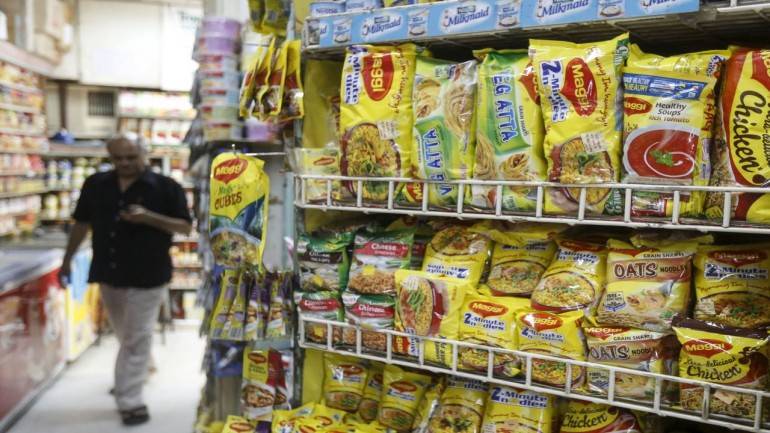Suppliers of packaging material don't need any major capital investment to shift to toluene-free inks.

Leading packaged food giants such as PepsiCo, Nestle, HUL and ITC may have to change their packaging practices owing to safety concerns about certain chemicals currently being used to print labels and packages.
Under the new standards, which are currently being formulated by the Bureau of Indian Standards (BIS), several harmful chemicals including toluene, a chemical used in paint thinners, may be banned for printing ink for food packaging, Times of India reported.
Toluene is known to cause liver and kidney damage and has already been banned for use in the food industry by several countries including Sri Lanka, where printing associations have voluntarily taken a stand to stop its use.
Most packaged food companies in India, however, use toluene-based solvent for printing ink.
“Around 80 perecnt FMCG companies in India still use toluene-based solvents in packaging materials,” Ashish Pradhan, CEO of the Indian arm of Siegwerk, a German firm that supplies printing ink solutions to companies, told the paper.
However, major packaged food companies like Nestle and Hindustan Unilever said they comply with the existing consumer safety norms.
A Nestle India spokesperson assured that all packaging material coming in direct contact with food is toluene-free, adding that the firm is planning to stop using toluene altogether by the end of this year.
An HUL spokesperson also told the paper that they conform to global and local guidelines.
Several studies have revealed that toluene can migrate between layers of packaging, the report said.
Suppliers of packaging material don't need any major capital investment to shift to toluene-free inks.
“The current printing equipment, which runs toluene-based inks, can also run toluene-free inks,” an industry expert told the paper.The the cost implication of this transition, however, depends on several factors like type of print job, type of equipment, and printing expenses apart from the cost of ink, the expert added.
No comments:
Post a Comment